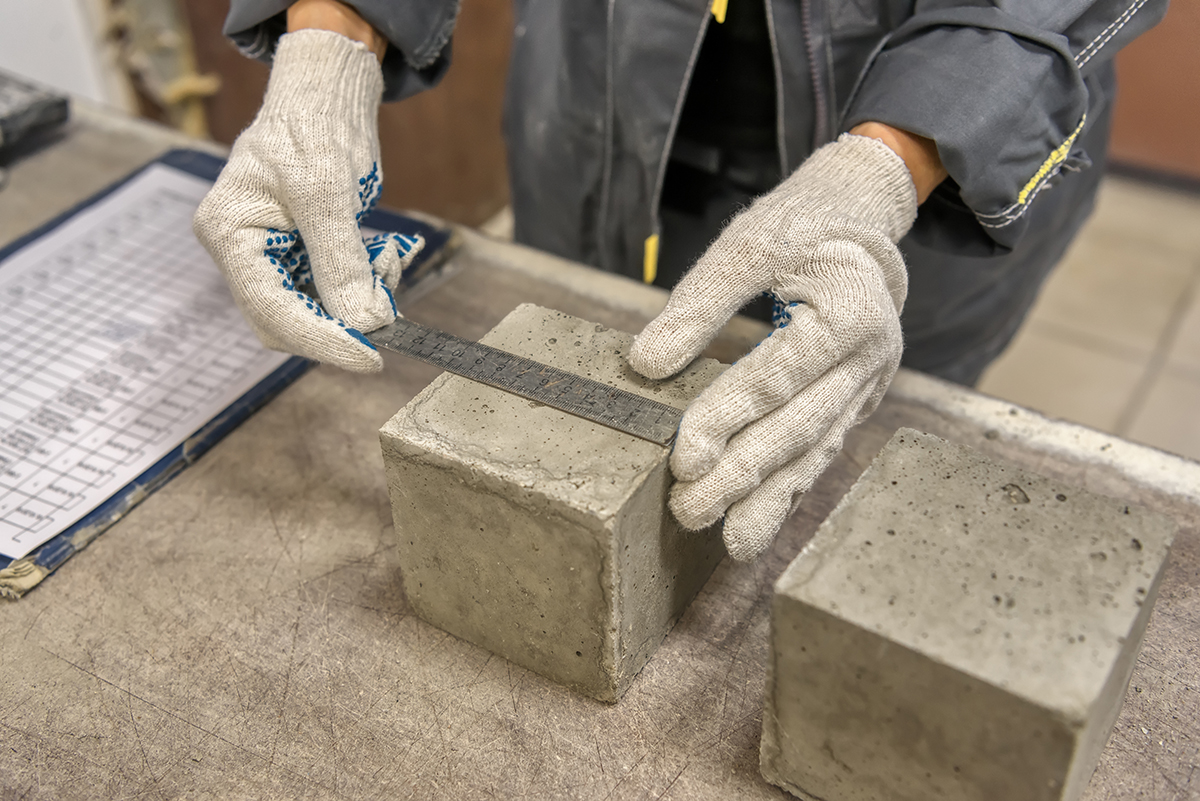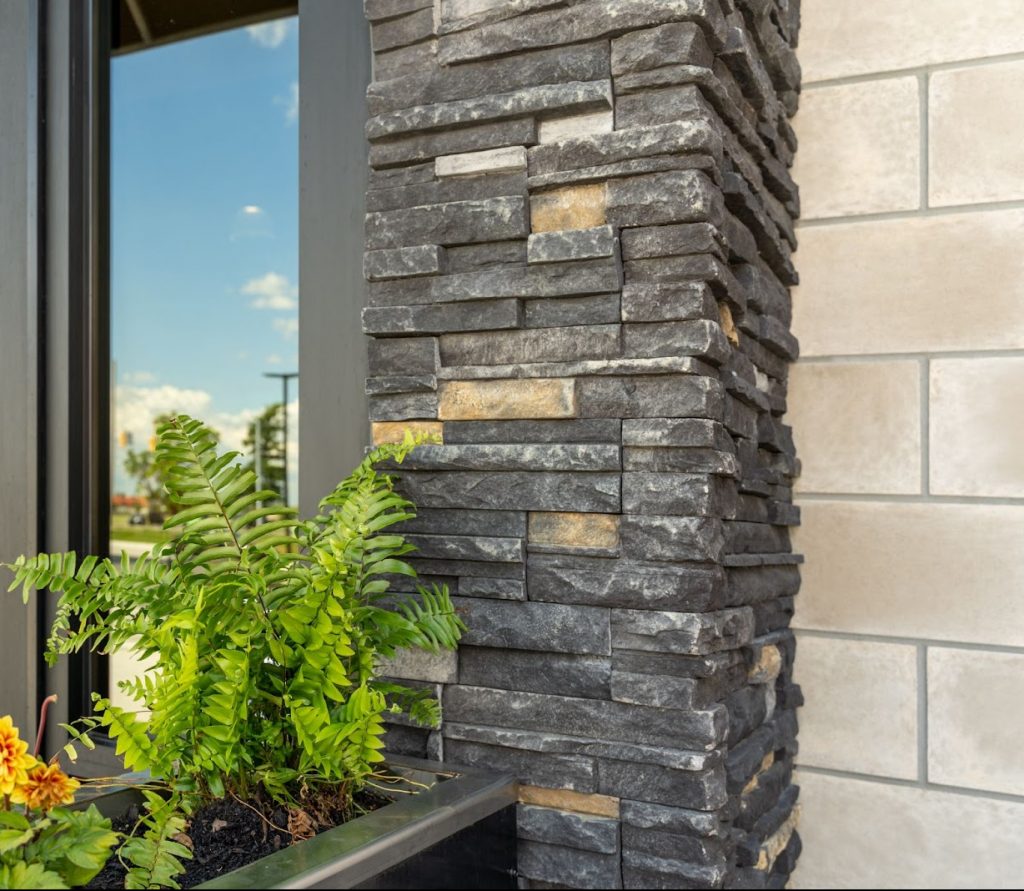
Ensuring Longevity: Why ASTM C1670 Matters in Manufactured Stone Veneer
The New Bar For Quality
When the ASTM C1670 standard was established for adhered manufactured stone a 5 years ago it set a new bar for the quality, consistency and longevity of products used in residential and commercial projects around the world. Today a growing number of state and local governments in the U.S. are catching on, adopting this standard and enforcing its use.
One of the leaders in the push to develop ASTM C1670 was Westlake Royal Stone Solutions, the producer of Instone’s manufactured stone veneer (MSV) lines Cultured Stone and Dutch Quality Stone. According to Jeff Tew, Westlake’s director of technical and training, created the standard was essential for establishing trust in a relatively young and rapidly expanding industry. Many manufacturers offer warranties of 50 years.

“I think it’s important because there are so many companies making manufactured stone right now that it can be difficult to know which ones are making a code-compliant, quality product. Stone can look really good on a sample board, but how is it going to look years down the road?”
Jeff Tew, Westlake’s Director of Technical and Training
5 Essential Tests
To find out, MSV products are subjected to a rigorous set of tests devised by a group of scientists, engineers and industry experts assembled by ASTM International (formerly the American Society for Testing and Materials). Stone products are evaluated in five critical areas: compressive strength, freeze-thaw durability, shear bond, water absorption and density, and dimensional tolerance.
Tew said some of the test methods can be entertaining to witness. For the compressive strength test, a sample of the veneer mix is added to a cylinder form, left in place to cure, removed from the form and then placed under a round plate that pushes down on it until it explodes. The material must withstand 2,100 pounds per square inch (PSI) to earn ASTM C1670 certification.
For the shear bond test, a sample piece of the veneer is adhered to a concrete block and exposed to downward pressure until it snaps off. It must achieve at least 50 PSI.

Any and all mixes of a product must be tested to earn certification. If there is even the slightest difference in the physical composition of Cultured Stone’s Black Rundle and Chardonnay Country Ledgestone veneer styles, both must be submitted for separate testing. Once they pass, they must be retested. Three of the tests are done every 12 months while the other two are done every 24 months.
“It’s not just a one and done process,” Tew said. “It takes an investment of time and money to prove your product through third-party testing.”
The Path to a Standard
The movement toward a unified quality standard for MSV reached an important milestone in 2008, when they were covered in the acceptance criteria (AC) known as AC 51. For the first time, msv manufacturers could test their material to a recognized standard in AC 51. But industry members recognized that manufactured stone needed to face its own, tougher benchmarks.
2013 saw the development of ASTM C1780 to address the installation methods for msv. Followed in 2018 by the addition of ASTM C1670 to address msv manufacturing. Tew pointed to the more stringent freeze thaw threshold as one significant difference.
Under AC 51, materials were exposed to 50 freeze-thaw cycles and could only lose 3 percent of their weight to crumbling or flaking. ASTM C1670 demanded no more than 1.5 percent loss. The tougher product will be more likely to survive the extremes of America’s cold northern and hot southern climates.
Participation in the ASTM C1670 is voluntary for manufacturers, and the standard is not enforced evenly throughout the country. However, with its 2018 inclusion in the International Residential Code (IRC), which applies to home building, and the International Building Code (IBC), which covers commercial projects, that is now changing.
The periodically updated IRC and IBC are go-to standards for governments seeking consistent parameters for all of the construction materials used in their jurisdictions. According to Tew, it typically takes a few years for states to examine and adopt the changes (in fact, revised versions of the IRC and IBC were since issued in 2021). Over the last few years, most states have adopted the 2018 version of the I-Codes or newer. That means local code inspectors in these jurisdictions are actively checking to ensure manufactured stone products are compliant and rejecting those that aren’t, he said.
Long Term Impact
ASTM C1670 should not be dismissed as another bothersome government code to meet, but embraced as a tool for businesses to protect their investments and reputations, Tew said. When you choose a manufactured stone veneer that’s compliant, you lower the odds of material failures and a costly return trip to the job site to redo the work, he said.
“I believe owners of buildings, architects and builders all in their cores want to use products that will stand the test of time because their names are attached to them,”
Jeff Tew
“I believe owners of buildings, architects and builders all in their cores want to use products that will stand the test of time because their names are attached to them,” Tew said. “Using a product that meets the standard is one way to do it. Being able to test to a clear criteria makes it easy for them to make their selections, and they don’t have to do a lot of research.”
1 comment
Comments are closed.
This is great, as a previous material tester, these seem like great ways to test the product to meet standards!